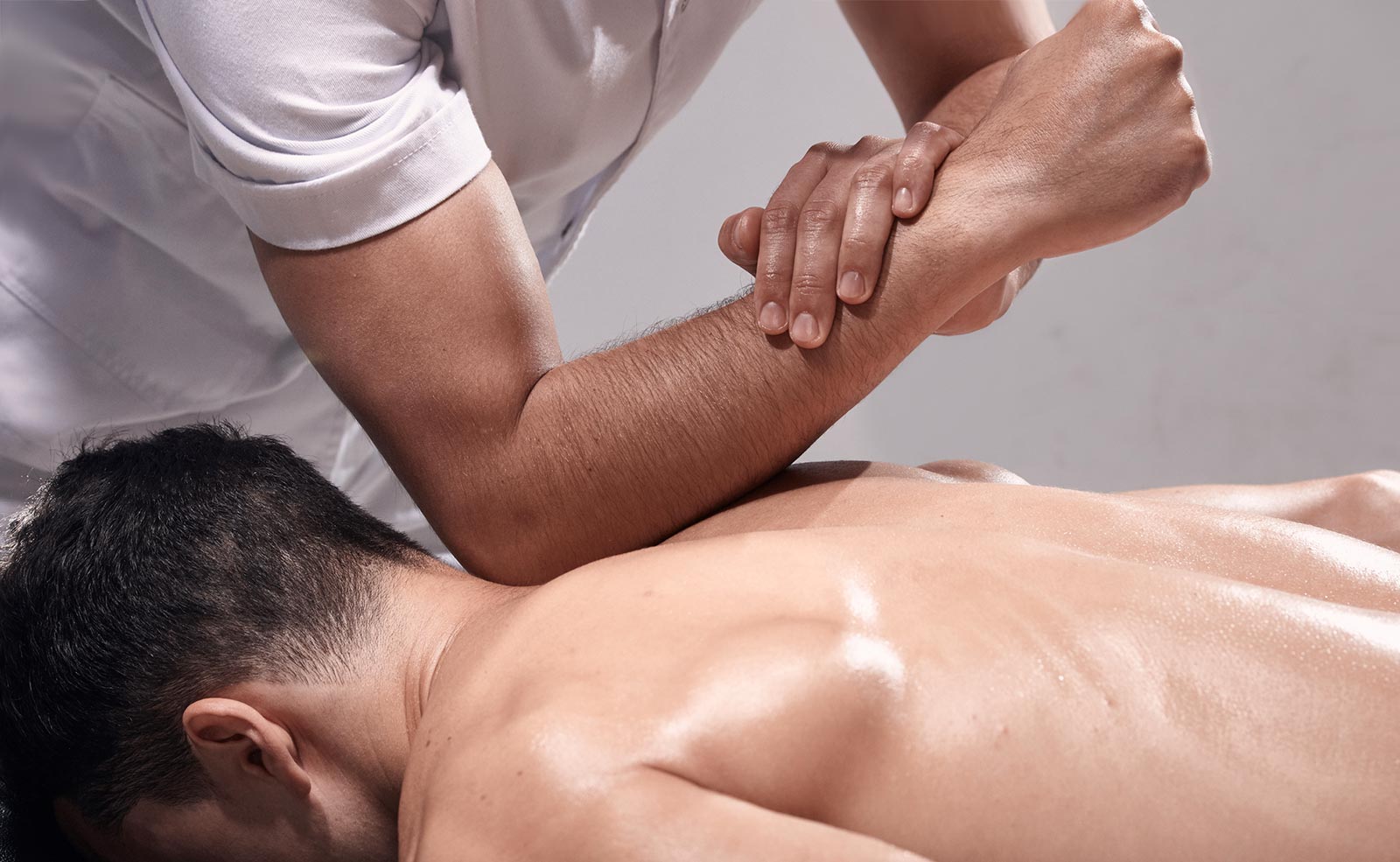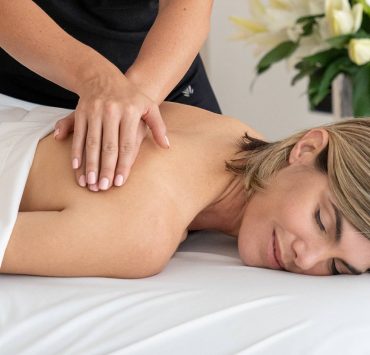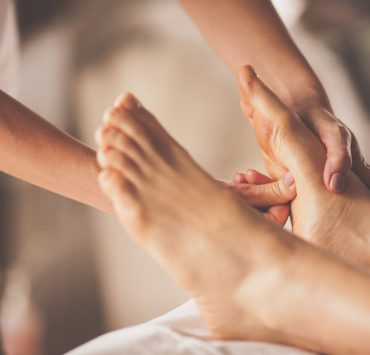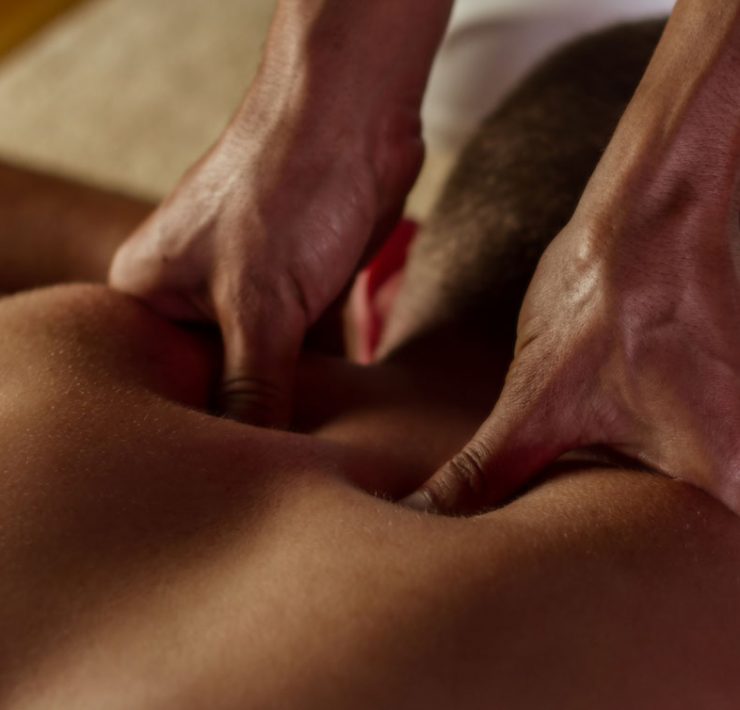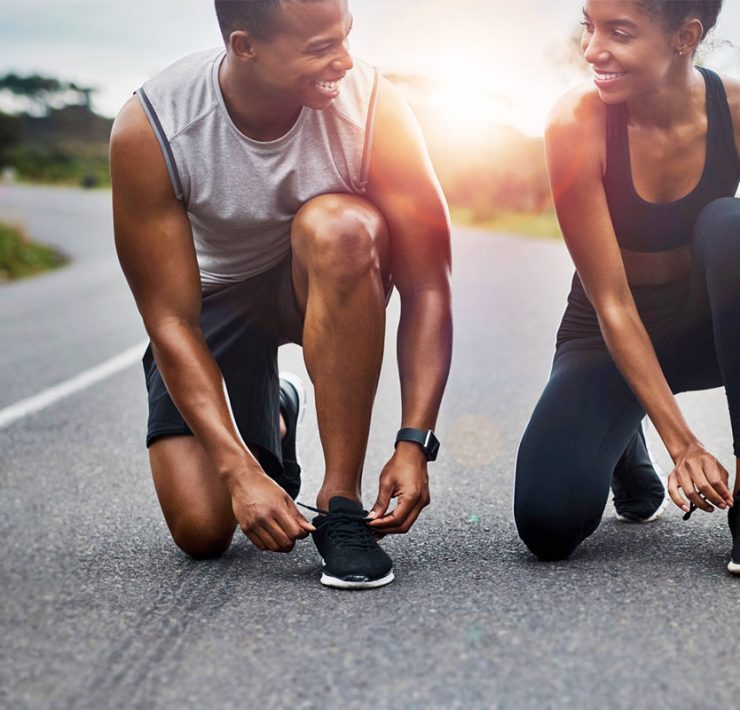Sports massage is a specialized form of massage therapy designed to enhance physical performance, prevent injuries, and aid in athletic recovery. It’s a highly beneficial practice for athletes, fitness enthusiasts, and anyone who regularly engages in vigorous activity. Sports massage combines various techniques to target specific muscle groups, increase flexibility, reduce muscle tension, and promote overall body conditioning.
If you ask any athlete, they’ll tell you that incorporating sports massage into their training regimen improves their range of motion, speeds up recovery times, and reduces risk of sports-related injury. This modality not only addresses the physical demands of vigorous exercise but also supports mental well-being by reducing stress and promoting relaxation. Whether you’re a professional athlete, a weekend warrior, or simply someone committed to an active—and injury-free—lifestyle, sports massage can be a valuable tool in optimizing the temple that is your body.
What is Sports Massage?
Sports massage is a massage modality specifically meant to enhance athletic performance, prevent movement-related injuries, and aid in physical recovery. Like most massage techniques, it involves the manipulation of soft tissues (i.e. muscles, tendons, and ligaments), plus guided stretching, with the aim of promoting flexibility, reducing muscle tension, and improving circulation.
The origins of sports massage can be traced back to ancient civilizations, where massage was used to prepare athletes for competitions and aid in their recovery. The practice gained widespread recognition and popularity in the mid-twentieth century, particularly after the 1976 and 1984 Olympic Games, where sports massage therapists were integrated into the medical teams.
Sports massage differs from other types of massage in several ways. First, it is tailored to the specific needs of athletes and active individuals, focusing on the areas of the body that are most stressed during physical activity. Second, the techniques used in sports massage are often more vigorous and targeted, involving deeper pressure and specific strokes to address muscle imbalances, adhesions, and trigger points. Third, sports massage is not solely focused on relaxation but also aims to enhance performance, prevent injuries, and facilitate recovery.
What are the Benefits of Sports Massage?
Sports massage offers numerous benefits for athletes and active individuals, helping to enhance performance and accelerate recovery. One of the primary advantages is improved flexibility and range of motion. Regular sports massage can help to increase joint mobility, reduce muscle tightness, and prevent injury by keeping the muscles supple and pliable.
Another significant benefit is the reduction of muscle tension and spasms. During intense physical activity, muscles can become overworked, leading to knots, tightness, and spasms. Sports massage techniques, such as effleurage, petrissage, and trigger point therapy, can help to alleviate muscle tension, reduce the risk of cramps, and promote faster recovery.
Improved blood flow and oxygenation are also crucial advantages of sports massage. The kneading and stroking motions used in sports massage can increase circulation, delivering more oxygen and nutrients to the muscles while flushing out metabolic waste. This process helps reduce muscle soreness and fatigue, allowing for quicker recovery after strenuous exercise or competition.
Furthermore, sports massage can contribute to faster recovery from exercise and competition. The techniques used can help reduce inflammation, alleviate soreness, and promote the repair of micro-tears in the muscle fibers. This accelerated recovery process can enable athletes to train harder and more frequently, ultimately improving their overall performance.
There are psychological advantages, too! The therapeutic nature of massage can help calm stress, anxiety, and tension, promoting overall emotional well-being. This improved mental state can enhance focus, concentration, and performance during training and competition.
What Techniques are Used in Sports Massage?
Sports massage therapists employ a variety of techniques to target different areas and achieve specific goals. These techniques include:
Effleurage: Long, gliding strokes applied with the palms or forearms that help warm up the muscles, increase circulation, and prepare the body for deeper massage work.
Petrissage: Kneading, rolling, and squeezing of muscles to break up adhesions and knots, improve muscle pliability, and increase circulation.
Compression: Sustained pressure applied to targeted areas to reduce muscle spasms, improve joint mobility, and promote relaxation.
Friction: Deep, targeted motions applied perpendicularly to the tissue fiber, typically with the therapist’s fingertips, to break up scar tissue and adhesions.
Tapotement: Rhythmic tapping or percussive movements applied with the hands or fingertips to help stimulate circulation while relaxing tense muscles.
Vibration: Shaking or oscillation of muscles to stimulate circulation and reduce muscle tension.
Stretching: Gentle, sustained stretches, guided by the therapist, to lengthen and elongate the muscles, improving flexibility, range of motion, and injury resistance.
Trigger Point Therapy: Application of sustained pressure to specific areas of muscle tension or knots to relieve painful tension and adhesions while improving range of motion.
Some or all of these techniques may be used in a personalized combination to meet the individual needs of each client, whether for pre-event preparation, post-event recovery, injury treatment, or maintenance.
When is the Best Time to Get a Sports Massage?
There are several key times when sports massage can be beneficial for athletes and active individuals:
Pre-Event Massage: A sports massage before an athletic event can help warm up the muscles, increase flexibility and range of motion, and mentally prepare the athlete for peak performance. Pre-event massages are typically shorter, focusing on the major muscle groups that will be utilized during the activity.
Post-Event Massage: After a competition or intense workout, a sports massage can aid in recovery by reducing muscle soreness, promoting blood flow, and repairing muscle trauma. Post-event massages are usually deeper and more intense, targeting the areas that experienced the most stress.
Maintenance Massage: Regular sports massage can be beneficial for maintaining overall muscle health, flexibility, and injury prevention. Maintenance massages can be scheduled on a weekly or monthly basis, depending on the individual’s activity level and needs.
Injury Treatment Massage: In the case of a sports-related injury, such as a muscle strain or sprain, sports massage can be an effective complementary therapy to aid in the healing process. Targeted massage techniques can help reduce inflammation, improve range of motion, and break up scar tissue, facilitating a faster recovery and return to activity.
By understanding the optimal timing for sports massage, athletes and active individuals can maximize the benefits and enhance their overall performance and recovery.
Finding a Qualified Sports Massage Therapist
To ensure a safe and effective sports massage experience, it’s crucial to work with a qualified, experienced, and licensed therapist. In addition to formal credentials, seek out therapists with specific training and experience in sports massage techniques. Many therapists specialize in this area, allowing them to develop a deep understanding of the unique needs of active individuals and tailor their approach to address highly specific sports-related concerns.
When choosing a sports massage therapist, consider their level of experience working with athletes or individuals engaged in regular physical activity. Inquire about their familiarity with common sports-related injuries and their approach to injury prevention and recovery. Additionally, look for therapists who stay up-to-date with the latest research and techniques in the field.
One convenient option for finding qualified sports massage therapists is to book through Zeel, a trusted platform that connects you with top-notch massage pros who come directly to you. Every Zeel therapist is licensed and thoroughly vetted, ensuring they possess not only the credentials, but the experience required to provide an exceptionally beneficial experience—without even having to leave home!
What to Expect During a Sports Massage
Your massage therapist will generally begin a sports massage by discussing your typical activity patterns, performance and/or recovery goals, and any areas of concern, discomfort, or injury. It’s important to communicate openly with them about your needs and preferences.
The massage will likely start with lighter, warming techniques to prepare the muscles for deeper work. The therapist will then use various strokes and techniques to target specific muscle groups, depending on your needs. This may involve significant pressure, as sports massage is generally more intense than “relaxation” massage.
Some level of discomfort is common during a sports massage, as the therapist works to release tightness and knots in the muscles. However, the pain should never be unbearable. Communicate with your therapist if the pressure becomes too intense, and they will adjust accordingly.
After the massage, you may experience some tenderness in the treated areas. This is a normal reaction to the techniques required to release tension and break down adhesions in the muscle fibers. This discomfort should subside within a day or two. Drinking plenty of water and avoiding strenuous activity will aid in your quick recovery.
Overall, a sports massage should leave you feeling refreshed, with improved range of motion and reduced muscle tension. The experience may be on the more intense side, but the benefits for active individuals are significant.
Is Sports Massage Right for You?
Sports massage offers a wide range of benefits for athletes and active individuals, making it an invaluable tool for enhancing performance and aiding in recovery. By promoting increased flexibility, reducing muscle tension and soreness, improving blood flow, and clearing lactic acid buildup, sports massage can help you perform at your best and bounce back more quickly after intense physical exertion.
Whether you’re training for a big event, recovering from a competition, or simply seeking to maintain optimal physical condition, incorporating regular sports massage into your routine can be a game-changer. With its targeted techniques and personalized approach, sports massage can address your specific needs and help you achieve your fitness goals more effectively.
Zeel Brings Sports Massage to You
Invest in the power of your body’s capability, whether you’re an athlete, a fitness enthusiast, or simply someone who wants to stay in fighting shape. Book a sports massage with Zeel and let a five-star massage therapist deliver all the benefits of sports massage in the comfort of your own home, as soon as today.
Just visit zeel.com or download the Zeel app, and in just a few clicks (or taps), you can book an on-location appointment that fits your schedule, so you can get back out in the arena of life with ease.

